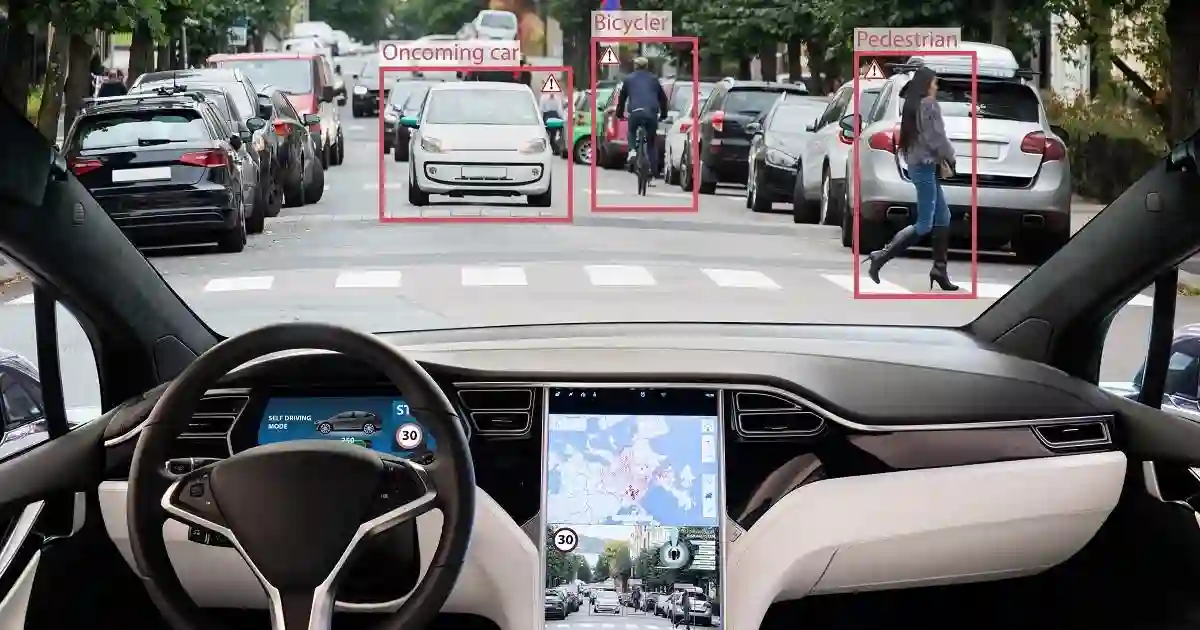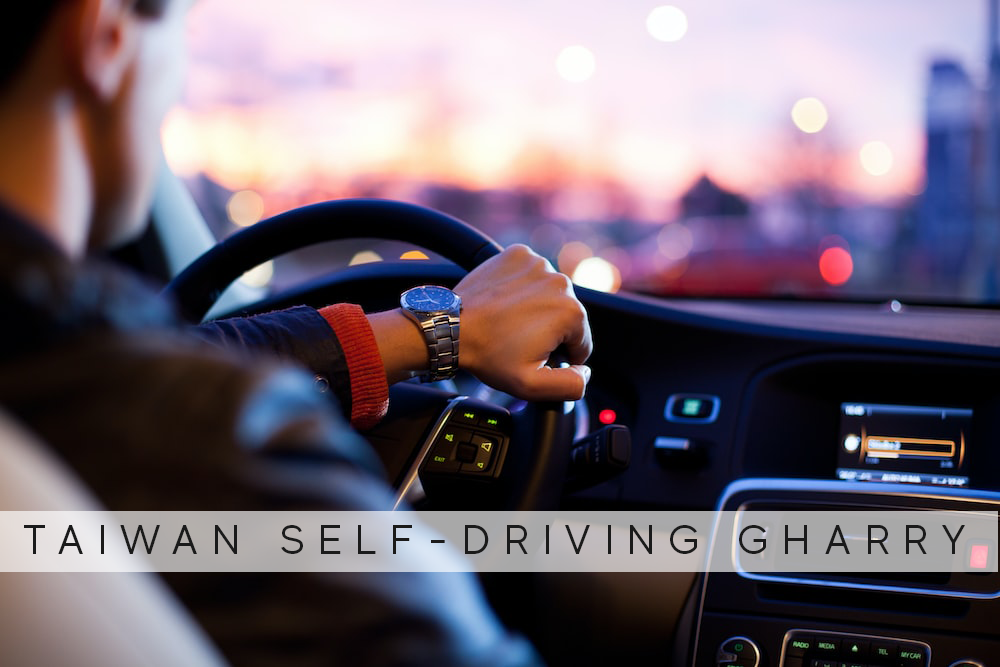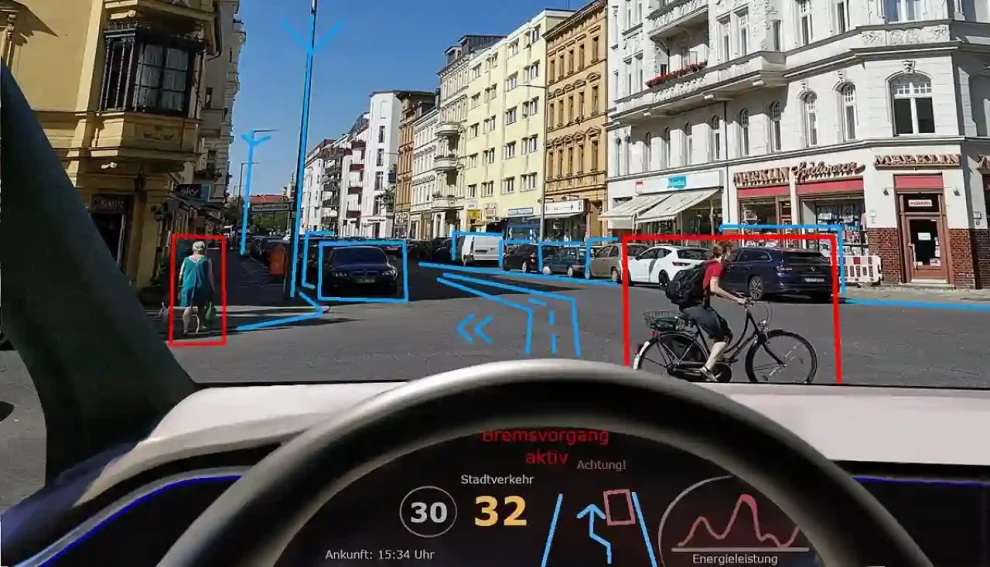Introduction
In the realm of transportation, technology has been a driving force for innovation and change. Over the years, we have witnessed the evolution of vehicles from horse-drawn carriages to self-driving cars. In Taiwan, a unique and fascinating development is taking place in the world of self-driving transportation – the self-driving gharry. Combining tradition and technology, Taiwan’s self-driving gharry represents a promising vision for the future of transportation in urban areas. This article delves into the concept, benefits, challenges, and potential impact of self-driving gharry services in Taiwan.

The Gharry: A Taiwanese Tradition
The gharry, also known as a “gari” or “qīlí” in Mandarin, is a traditional Taiwanese horse-drawn carriage. Historically, it was a primary mode of transportation for both people and goods, serving as a vital link between different parts of the city. These colorful, wooden carriages have been an iconic symbol of Taiwan’s cultural heritage for generations.
With urbanization and the advent of modern transportation, the use of gharrys has significantly declined, relegating them to more of a tourist attraction than a practical means of transportation. However, the unique charm and cultural significance of the gharrys have never faded away.
must read=Claudia Heffner Peltz
Self-Driving Technology Meets Tradition
In recent years, Taiwan has witnessed an intriguing resurgence of interest in gharrys. However, this time, the focus is not on reviving the traditional mode of transport but rather on modernizing it with self-driving technology. The concept of self-driving gharrys combines the charm of the past with the cutting-edge technology of the present. These vehicles are equipped with sensors, cameras, and AI systems that enable them to navigate the bustling streets of Taiwanese cities autonomously.

The Benefits of Self-Driving Gharrys
- Preservation of Tradition: Self-driving gharrys provide a unique opportunity to preserve and promote a cherished aspect of Taiwanese heritage. By integrating modern technology, these vehicles can continue to captivate both locals and tourists, keeping the gharry tradition alive.
- Environmental Sustainability: Traditional gharrys rely on horses for propulsion, which can be an environmental concern due to emissions and animal welfare issues. Self-driving gharrys, powered by electricity or clean energy sources, offer an eco-friendly alternative.
- Efficiency and Convenience: These autonomous gharrys can be hailed through a smartphone app or other digital platforms, making them a convenient and efficient mode of transportation for both residents and visitors.
- Reduced Traffic Congestion: Self-driving gharrys are designed to work seamlessly within the existing urban infrastructure. They can navigate crowded streets and offer an alternative to personal vehicles, potentially reducing traffic congestion in cities.
- Tourism Boost: The blend of tradition and technology in self-driving gharrys has the potential to attract more tourists, leading to increased revenue and economic growth for local businesses.
Challenges and Concerns
While the concept of self-driving gharrys is exciting and full of potential, it also faces several challenges and concerns:

- Regulatory Hurdles: Developing a regulatory framework for self-driving gharrys is a complex task. It requires coordination between transportation authorities, technology providers, and local communities to ensure safety and compliance.
- Safety: Safety is paramount, especially in shared urban spaces. Ensuring that self-driving gharrys can operate without accidents or incidents is a significant challenge.
- Infrastructure and Technology Integration: Self-driving technology relies on well-maintained infrastructure and communication networks. Developing and maintaining the necessary infrastructure can be a costly endeavor.
- Community Acceptance: Some locals may have concerns about the impact of self-driving gharrys on the character of their neighborhoods and traditions. Addressing these concerns and involving the community in decision-making is essential.
- Economic Considerations: While self-driving gharrys have the potential to boost tourism and generate economic opportunities, they also raise questions about the livelihoods of traditional gharry operators and the long-term sustainability of the industry.
The Impact on Transportation and Tourism
If successfully integrated into the transportation landscape, self-driving gharrys could bring about significant changes in how people move around cities and how tourists experience Taiwan.
- Reduction in Car Ownership: With a convenient, efficient, and affordable alternative like self-driving gharrys, people may be less inclined to own personal vehicles, reducing the number of cars on the road and, subsequently, traffic congestion.
- Revitalized Tourism: The combination of tradition and technology is a powerful magnet for tourists. Self-driving gharrys could become an iconic symbol of Taiwan’s heritage, attracting visitors from around the world.
- Cultural Preservation: The ongoing use of gharrys, even in a modernized form, helps preserve and celebrate Taiwan’s unique cultural heritage, ensuring it remains an integral part of the nation’s identity.
Conclusion
Taiwan’s self-driving gharrys represent a remarkable fusion of tradition and technology. By blending the charm of horse-drawn carriages with autonomous driving capabilities, these vehicles hold the potential to revolutionize urban transportation, reduce congestion, and preserve cultural heritage. While there are challenges and concerns to address, the promise of self-driving gharrys in Taiwan offers an inspiring glimpse into the future of transportation and cultural preservation. It’s a reminder that, with the right balance of innovation and tradition, the past and future can harmoniously coexist on the streets of modern cities.
